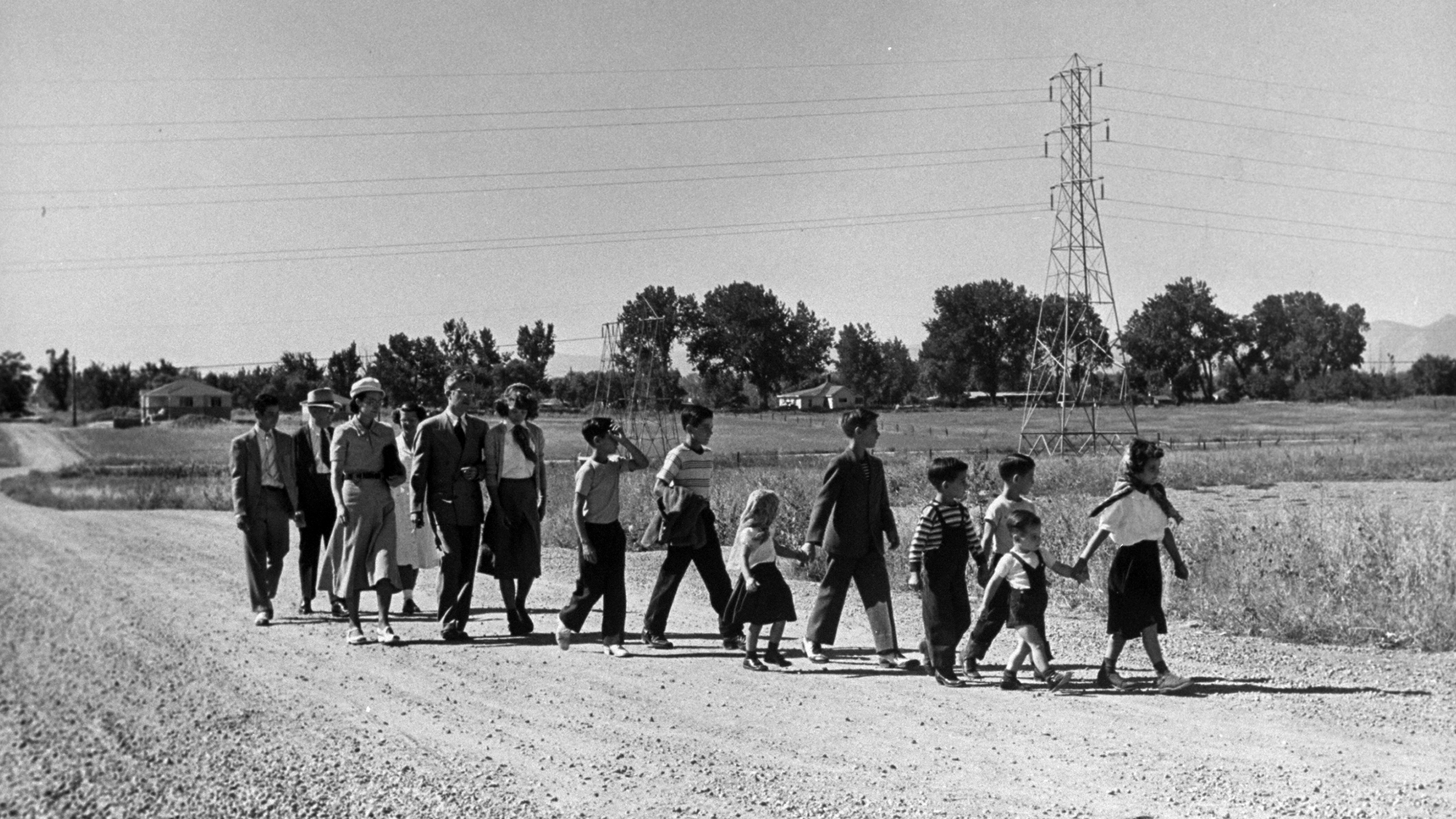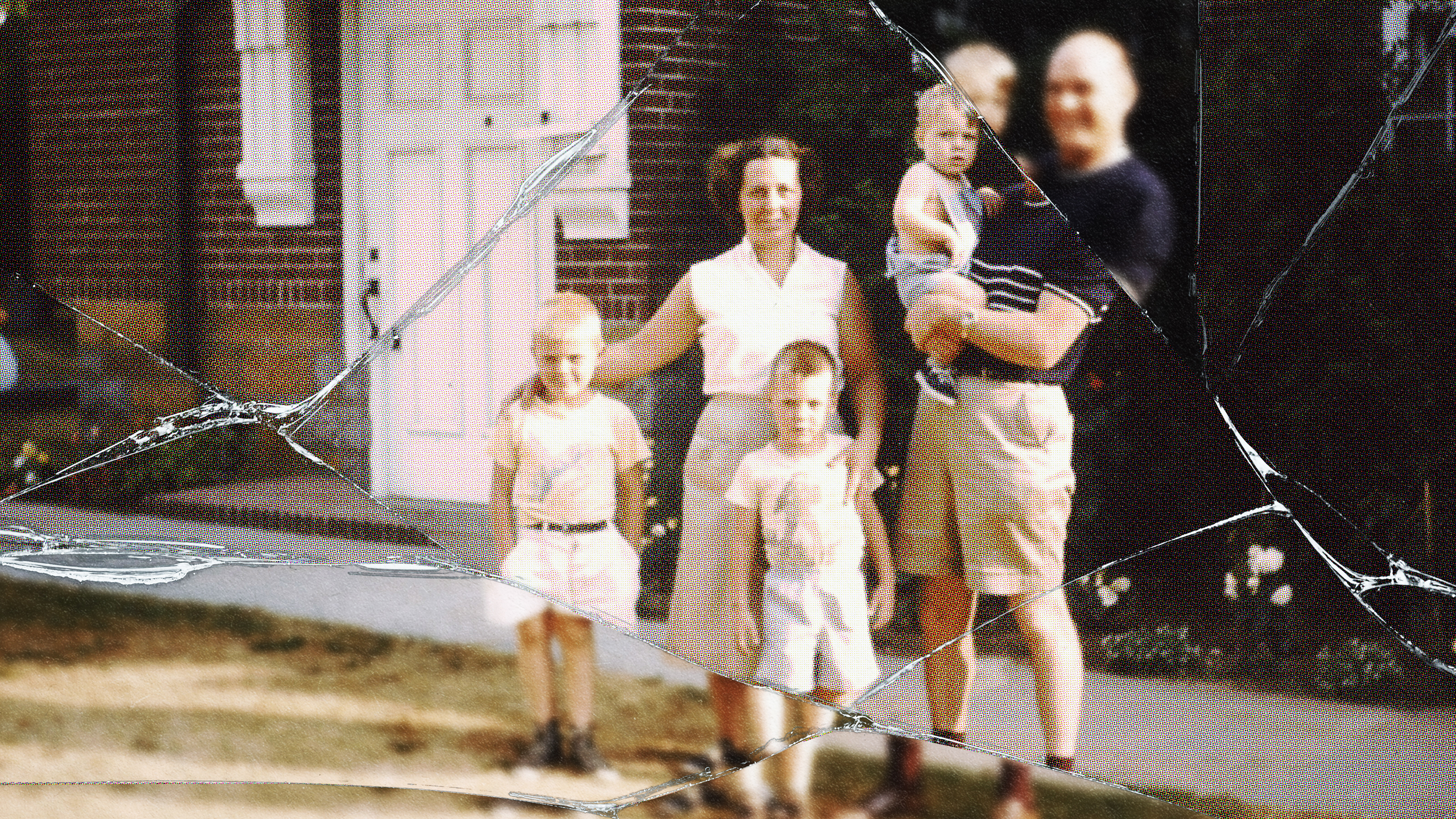Why families will look radically different by 2100

- A study recently published in the Proceedings of the National Academy of Sciences explored how the size and structure of families will change by the end of the century.
- The researchers estimated that a 65-year-old woman living in 1950 had 41 living relatives in her extended family. By 2100, such a woman is projected to have just 25 living relatives.
- Middle-aged adults may come under increasing pressure, forced to care for their children while also caring for their older parents.
The structure of families is projected to radically change by the year 2100, with significant ramifications for societies around the globe. At the end of this century, humanity’s population growth on Earth is predicted to conclude, ending hundreds of thousands of years of proliferation in which our species evolved from living in scattered, ragtag bands to inhabiting nearly every region of the planet. This grand leveling off at an estimated population of 10.4 billion will reshape civilization as we know it.
The future of family life
One way all humans will personally experience the seismic shift is in their family lives. In a study recently published in the Proceedings of the National Academy of Sciences, a team of demographers explored how the size and structure of families will change by the end of the century.
To conduct their analysis, the researchers ran a model through the dataset behind the United Nation’s World Population Prospects, the organization’s official population projections for 237 countries. The model returned estimates for the number and type of relatives that a person could expect to have as an infant, a 35-year-old, and a 65-year-old in the year 1950, today, and 2100.
Globally, the researchers estimated that a 65-year-old woman living in 1950 had 41 living relatives in her extended family. Included in the tally are great-grandchildren, grandchildren, children, nieces, nephews, first cousins, siblings, parents, aunts, uncles, grandparents, and great-grandparents. By 2100, such a woman will have just 25 relatives, they found.
This familial decline will play out across the globe, but its magnitude varies depending upon the country.
Take, for example, a 35-year-old woman living in the United States, where the population is projected to reach a high of 370 million in 2080 before edging slightly downward to 366 million in 2100. In 1950, she could expect to have 33 relatives in her extended family. Today, the average 35-year-old woman has just 24 relatives. In 2100, she will have 18.
The experience of a 65-year-old woman living in China will change even more drastically. In 1950, she would have had 61 living relatives, including 21 cousins and 15 grandchildren! Today, an identically aged woman has 49 relatives. And by 2100, a 65-year-old woman will have just 14 family members!
China is certainly an outlier in the data. Owing to the country’s misguided, decades-long one-child policy, anemic economic growth, high child-rearing costs, and almost nonexistent international immigration, China’s population is predicted to decline from 1.4 billion today to below 800 million in 2100.
Such a collapse will force a rethink of China’s current social pact within families. While it’s currently common for adult grandchildren, adult children, siblings, and cousins to look after declining elders, such familial resources will simply not exist in a few decades.
Vertical and horizontal families
The societal effects set to strike China will also occur in almost every other country, albeit to lesser degrees. As the researchers describe, families are set to become more “vertical” rather than “horizontal.” In other words, they will be spread out along the age spectrum, with far fewer cousins and siblings and slightly more great-grandchildren and great-grandparents.
“In Italy, for example, the average age of a grandmother of a 35-year-old woman is expected to increase from 77.9 years in 1950 to 87.7 years in 2095,” the authors wrote.
Back in the U.S., dinners and gatherings with extended family, once a staple of American life, are projected to grow increasingly rare, especially considering that family members now live father apart than they used to.
It also means that middle-aged adults in most countries will likely come under increasing pressure. Considering that individuals are delaying having kids until later in life, age gaps between generations are rising. This means that grandparents are far older than they used to be and thus less able to fulfill the childcare role they once did. Now, and in the future, they might even require care from their adult children at the same time their adult children are raising young kids of their own. This situation could become increasingly untenable for adults in their prime, expected to simultaneously drive a country’s economy while caring for the young and old.
Surveyed in the summer of 2023 about their views on the changing family dynamics, Americans told Pew Research Center that they think declining fertility will positively impact women’s careers and the environment, but negatively impact Social Security and the economy overall. The authors said that governments may need to help fill the roles once taken on by extended family members:
“Our findings support the calls for more investment in childcare and old-age care to alleviate the burden of individuals aging with fewer kinship resources to rely on.”
Childless individuals, and maybe even robots, might be asked to step up.





